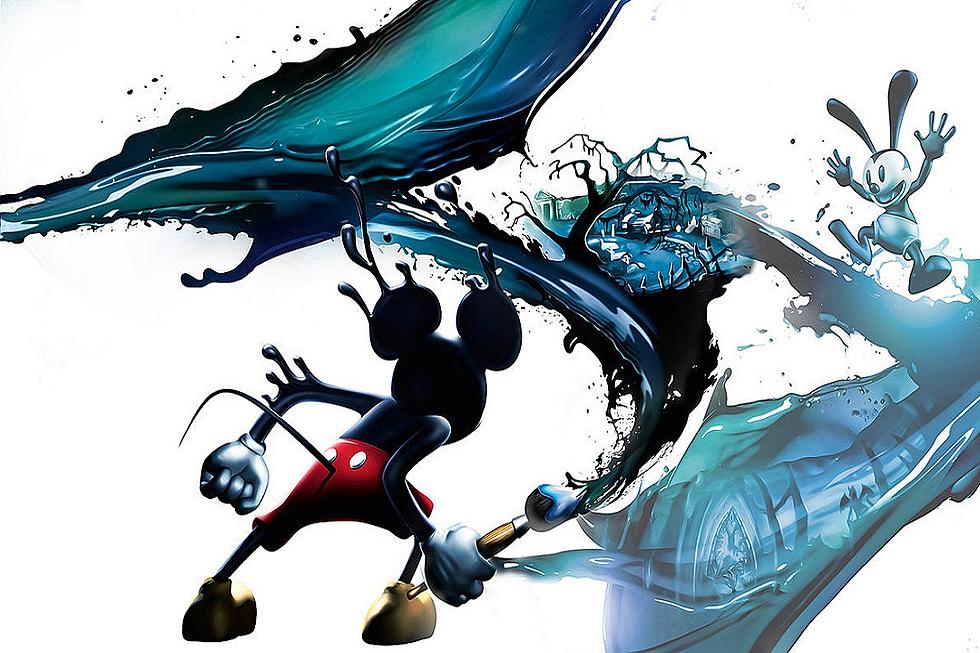
Building the Arena of Competitive Shooters: A Celebration of Quake
When it comes to first-person shooters, id Software established more benchmarks in the modern formula than pretty much any other developer. Wolfenstein 3D is the grandfather of all FPS games and Doom is the icon that pushed everything Wolfenstein established to the next level. With so much innovation behind it, where does id Software go after Doom? Wolfenstein and Doom were mostly focused on perfecting the single-player experience. If id was to move forward, the next challenge would be pushing the envelope on multiplayer. As it turns out, id was ready to take the gaming world by storm yet again with its answer to this challenge. Today, in 1996, we received the original Quake.
Quake is another of id’s high-octane first-person shooters, but believe it or not, it didn’t start out that way. The earliest presence of the title “Quake” goes back to id’s earlier Commander Keen trilogy, where a teaser advertised a fantasy-fiction role-playing game given the title Quake: The Fight for Justice. Indeed, Quake was a Dungeons & Dragons character from lead programmer John Carmack’s campaigns in the early ‘90s. This character was to use a hammer that could bludgeon or be thrown at enemies. Eventually, the team behind Quake found technology a bit too limiting to pursue a full role-playing game in this style. However, though many of these original ideas were dropped, the fantasy-fiction origins of the game can be seen in the medieval level design, which would be a stark contrast from future entries in the Quake series.
One of the key innovations of Quake over previous id Software games was the introduction of the original Quake Engine. Doom and Wolfenstein both used 2.5D, setting 2D characters in 3D environments. With the Quake Engine, the possibility of rendering 3D polygonal characters in full 3D environments was made possible. Moreover, the Quake Engine allowed for user-end programmable options, making Quake one of the most prominent games to allow and popularize user-created modifications (or mods) for a game. Of course, the other innovation was multiplayer. John Carmack created an entirely new TCP/IP networking model for Quake that would allow players to play over the internet via servers as opposed to being confined to local area network play or dial-up between two parties. This allowed for several players to join up in game more easily than ever before and made Quake one of the first truly online competitive video games.
In Quake, the government uses advanced technology to create a portal that can connect to other dimensions, called a Slipgate. A mysterious being known as Quake discovers this connection and manipulates control over to its own teleportation systems, sending death squads to the human world. The player takes on the role of a sole surviving human known only as Ranger who fights his way from human ruins towards Slipgates that transport him through multiple dimensions, fighting through hordes of terrifying monsters and working his way towards Quake.
Much like Doom, Quake features id’s iconic run and gun formula with some changes in physics due to the 3D models. Players traverse environments and levels through Slipgates and Quake’s magical equivalent collecting an ever more powerful arsenal in response to the game’s ever more numerous and threatening enemies. Secrets could be found by not only checking every nook and cranny, but by using the rocket launcher to propel the character to otherwise unreachable areas. It was noted designer American McGee who created the gothic, medieval and cavernous levels seen throughout the game, while Trent Reznor and his band, Nine Inch Nails, composed the soundtrack.
Quake was another smash hit for id Software in numerous ways. The amount of talent brought together to create it produced not only another fantastic run n’ gun franchise for id, but produced one of the first games ever actually singled out as an esports platform. Players would form clans and groups to battle against one another and eventually inspired Quakecon, which would promote id Software products and act as the grand stage for Quake and Doom tournaments. The game also represented an apex of 3D development and modification, to the point where fans still create mods based in the Quake Engine today. When Doom came along, it took everything Wolfenstein did to the next logical level. Quake is to Doom what Doom was to Wolfenstein and then some.
More From Arcade Sushi









